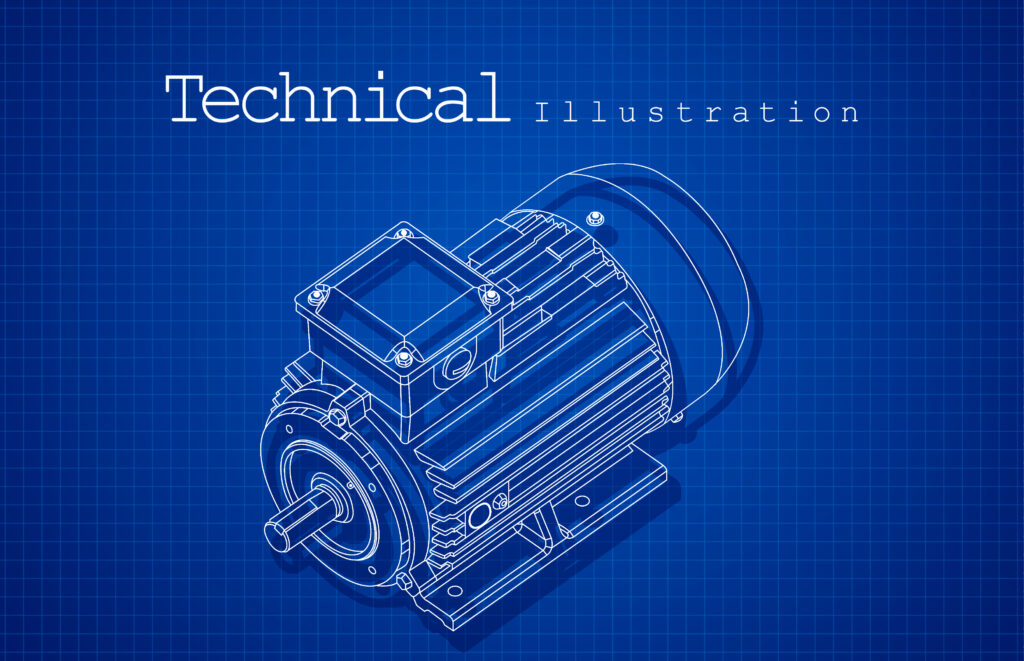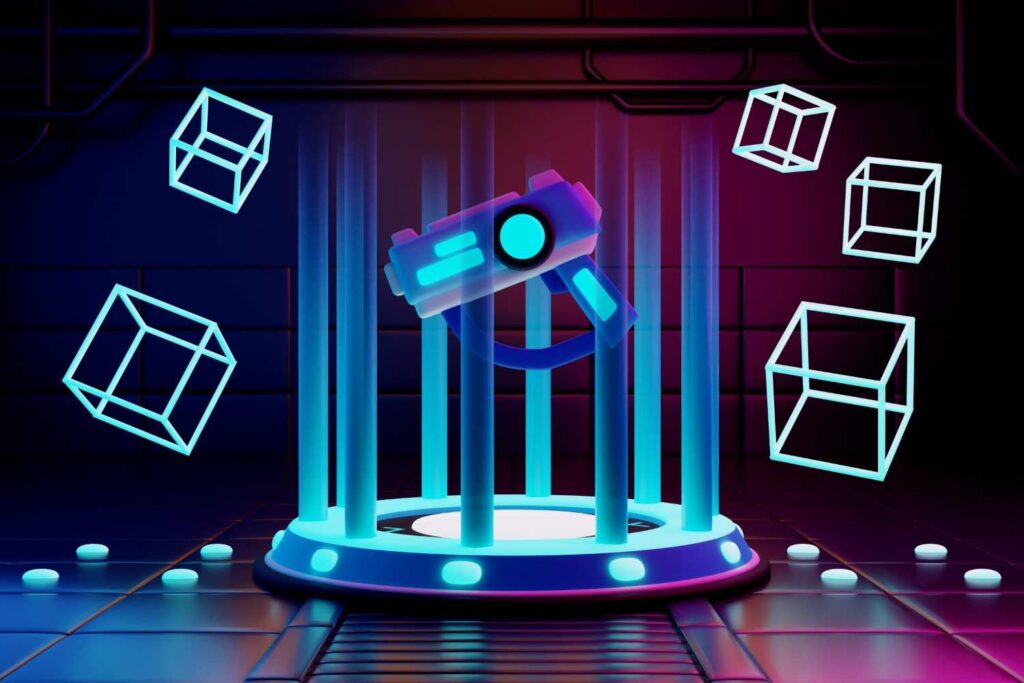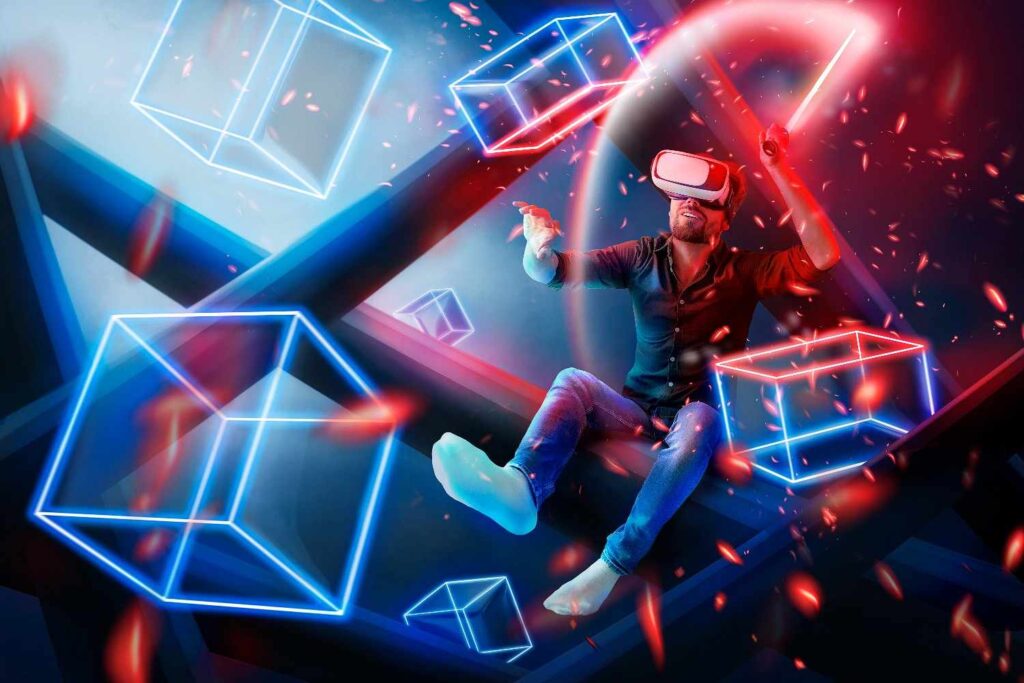OUTSOURCE CREATIVE SERVICES - OUTSOURCE CREATIVE WORKS-OUTSOURCING CREATIVE WORK - OUTSOURCE CREATIVE DESIGN -OUTSOURCE 2D ARTWORKS - 2D ART SERVICES - 2D ART OUTSOURCING -ART OUTSOURCING - OUTSOURCE ILLUSTRATION WORKS - OUTSOURCE ILLUSTRATION SERVICES - OUTSOURCE 3D MODELING - 3D MODEL OUTSOURCING- OUTSOURCING CAD WORKS- OUTSOURCE ARCHITECTURAL SERVICES -BIM - REVIT - 3D FLOOR PLAN - BIM OUTSOURCING SERVICES - MEP - REVIT MODELING - 3D FURNITURE MODELING - 3D ARCHITECTURE MODELING - AUGMENTED REALITY MODEL - VIRTUAL REALITY MODEL - 3D RENDERING - PRODUCT MODELING - 2D SERVICES - OUTSOURCE CREATIVE SERVICES -3D MODELING SERVICES - VFX
Why AI is a Game Changer for Outsourced 3D Modeling
The world of 3D modeling has always been a fascinating intersection of art and engineering. From blockbusters to architectural marvels, the meticulously crafted digital asset is the foundational currency of immersive experiences. For decades, the global outsourcing model provided a scalable, cost-effective solution for businesses needing high-quality 3D content, allowing them to tap into specialized talent pools worldwide.

Yet, this traditional outsourcing model—effective as it was—was often characterized by long lead times, tedious manual iterations, and the inevitable communication friction across time zones. It relied heavily on the human hand to meticulously sculpt polygons, unwrap UVs, and paint textures, a process inherently limited by the number of hours in a day and the finite scale of a human team.
Now, a seismic shift is underway. The integration of Artificial Intelligence (AI), particularly Generative AI and Machine Learning (ML), is not just optimizing the outsourced 3D modeling process—it is fundamentally redefining it. AI is transforming what was a labor-intensive service into a hyper-efficient, highly scalable, and creatively augmented strategic partnership.
This isn't just an incremental update; it's a Game Changer. For companies that rely on a massive volume of high-quality 3D assets—from e-commerce giants and gaming studios to architectural firms and product manufacturers—AI-powered outsourcing is no longer a future trend. It is the immediate competitive advantage. In the following deep-dive, we will explore the multifaceted ways AI is acting as the ultimate catalyst for the outsourced 3D modeling industry, drastically improving speed, reducing cost, enhancing quality, and liberating human creativity.
1. The Speed and Efficiency Explosion: From Weeks to Minutes
The most immediate and transformative impact of AI on outsourced 3D modeling is the unprecedented acceleration of the production pipeline. AI tools are taking over the most time-consuming, repetitive, and technically complex tasks, shrinking project timelines from weeks or days down to mere hours or minutes.
Generative AI: Instant Asset Creation
The cornerstone of this acceleration is Generative AI. This technology allows for the creation of new 3D models from minimal input, such as a simple text prompt or a single 2D image.
- Text-to-3D: Imagine a game studio needing dozens of unique "medieval market stall" props. Instead of a 3D artist spending days on modeling and texturing each one, a generative AI tool can create a base mesh, complete with textures and even level-of-detail (LOD) variations, in minutes based on a descriptive prompt. This capability is a godsend for populating vast virtual worlds or digitizing large product catalogs.
- Image-to-3D (Photogrammetry-as-a-Service): For e-commerce and product visualization, the time-intensive process of converting product photography into a usable 3D model is now highly automated. AI-driven photogrammetry tools can interpret multiple 2D images, reconstruct the object's geometry, and generate a clean, optimized mesh with significantly less manual cleanup required than traditional methods. This drastically cuts the time-to-market for a new product's 3D digital twin.
Workflow Automation and Optimization
Beyond generating initial models, AI is streamlining every subsequent step in the outsourced workflow:
- Automated UV Unwrapping and Retopology: These are arguably the most tedious tasks for a human modeler, crucial for clean texturing and efficient rendering. AI algorithms can now perform intelligent, optimized UV unwrapping and retopology (reducing polygon count while maintaining shape) automatically, saving countless hours per asset.
- AI-Powered Texturing: Deep learning models can analyze the material properties and context of a model, then instantly generate high-resolution, tileable, and context-appropriate textures. An artist can now iterate on dozens of material variations in the time it once took to paint a single texture map.
- Predictive Optimization: AI can analyze a model and predict the best way to optimize it for a specific platform—whether it needs to be low-poly for a mobile VR experience or high-resolution for a photorealistic architectural render—and automatically implement the necessary adjustments.
This combined efficiency means outsourced studios can handle an exponentially higher volume of work, making massive scalability their new hallmark. The value proposition shifts from "labor capacity" to "AI-enhanced throughput."
2. Unprecedented Cost-Efficiency and ROI
The direct result of accelerated production and reduced manual labor is a fundamental change in the cost structure of outsourced 3D modeling, offering unparalleled Return on Investment (ROI) for clients.

Lower Cost-Per-Asset
By automating the bulk of the repetitive modeling and texturing work, the human effort—which is the primary cost driver—is drastically reduced. This allows outsourced firms to produce assets at a fraction of the traditional cost, making the digitization of entire product lines or the creation of vast game environments economically feasible for businesses of all sizes.
Reduced Rework and Iteration Cycles
Traditional outsourcing often involves multiple rounds of feedback and costly rework due to subjective interpretation or technical errors. AI mitigates this through:
- Predictive Error Detection: AI algorithms can scan a model for common geometric, texture, or rendering issues before it's even sent to the client. This includes identifying non-manifold geometry, texture seams, or potential rendering glitches.
- Parametric Design: For mechanical or architectural models, AI can ensure all parts adhere to strict engineering constraints and industry standards (like BIM requirements) from the outset, significantly reducing the chance of costly compliance-related reworks.
- Faster Iteration: Because the base model generation is instantaneous, the time taken for a client to request a change, for the outsourced team to implement it, and to deliver the new version, is dramatically compressed. This speed not only saves money but also accelerates the client's internal product development or marketing cycles.
Democratization of High-Fidelity 3D
The cost barrier that once reserved high-quality 3D visualization for only the largest corporations is crumbling. AI allows even small-to-mid-sized businesses (SMBs) to leverage photorealistic 3D for their e-commerce platforms, marketing, or design prototyping, leveling the playing field and driving innovation across all sectors.
3. A New Paradigm of Quality and Accuracy
The assumption that automation sacrifices quality is being thoroughly disproven in the realm of AI-powered 3D modeling. In many cases, AI delivers a level of precision, consistency, and detail that is difficult for a human to maintain across thousands of assets.

Consistency at Scale
For large projects, like e-commerce catalogs or massive game environments, maintaining a consistent artistic style, level of detail, and quality standard across thousands of assets is a major challenge for human teams. AI excels here:
- Style Transfer and Consistency: An AI model can be trained on a client's specific aesthetic—a stylized game art look, or a photorealistic material library—and then apply that style with perfect consistency to all subsequently generated models.
- Physically-Based Rendering (PBR) Accuracy: AI tools can ensure that texture maps (albedo, metallic, roughness, normal) are generated with mathematically precise PBR values, guaranteeing that the model will look correct under any lighting condition in a modern render engine.
Data-Driven Design and Realism
AI uses deep learning to understand real-world physics and visual properties, enhancing realism:
- Intelligent Lighting and Shading: ML models can simulate light interaction with materials with incredible accuracy, automating complex lighting setups and providing instant, photorealistic preview renders.
- Predictive Design Optimization: In fields like engineering, AI can analyze performance data (e.g., stress, airflow) and suggest geometric modifications to a model that optimize its functionality, a task that goes far beyond simple modeling and moves into advanced problem-solving.
4. Overcoming the Challenges: The Path to Seamless Integration
While the opportunities are vast, the full integration of AI into outsourced 3D modeling is not without its hurdles. Outsourced firms positioned as "game changers" are those actively addressing these challenges.
The Problem of "The Final 20%"
Currently, many generative AI models struggle with complex topology, clean mesh construction, and the absolute perfection required for high-end production pipelines (e.g., animation, cinematic VFX).
- The Solution: Leading outsourced studios are developing proprietary, human-in-the-loop workflows where the AI generates the rough model, and a specialized human artist immediately takes over to clean the mesh, fix topology, and apply the final, production-ready polish. The human artist ensures the final quality, while the AI ensures the speed.
Data Security and Intellectual Property (IP)
Clients outsourcing work require robust guarantees that their proprietary data and IP are secure, especially when using AI models that learn from input data.
- The Solution: The best outsourcing partners invest in secure, enterprise-grade, closed-loop AI environments. They use AI models trained exclusively on client-approved, non-public data, ensuring that the client's creative assets remain private and their IP is protected from leakage or misuse by external models.
Integration with Existing Pipelines
Every client has a unique set of tools, game engines (Unity, Unreal), or industry-specific software (BIM, CAD). AI-generated assets must integrate seamlessly.
- The Solution: Outsourced firms are focusing on interoperability. Their AI pipelines are designed to output assets in universal formats (FBX, OBJ, GLTF) that are clean, optimized, and immediately ingestible into any major engine or software platform, complete with industry-standard material setups.
Conclusion: Outsourced 3D Modeling as a Strategic AI Partner
The phrase "Why AI is a Game Changer for Outsourced 3D Modeling" can be answered in one word: Throughput.
AI is radically increasing the speed, volume, and consistency of high-quality 3D asset production while simultaneously slashing the cost and liberating the human artist from drudgery. Outsourced 3D modeling is no longer a simple transaction for labor; it has evolved into a strategic partnership that provides clients with an AI-augmented production powerhouse.
For businesses looking to scale their digital presence—whether it's building a metaverse, digitizing their entire product line for Augmented Reality (AR) shopping, or accelerating game development—partnering with an AI-enabled outsourced 3D studio is no longer a luxury. It is a necessity for remaining competitive in the fast-paced, digital-first economy. The future is here, and it is an intelligent, creative collaboration between the human artist and the machine, delivered through the efficiency of the outsourced model.
Visit
Fore more details contact us : https://www.outsource3dmodeling.com/
Simple Q&As for "Why AI is a Game Changer for Outsourced 3D Modeling"
General Concepts
Q1: What is the main reason AI is called a "Game Changer" for outsourced 3D modeling? A: The main reason is the exponential increase in speed and efficiency—AI can automate repetitive and time-consuming tasks, shrinking project timelines from weeks to minutes, and enabling unprecedented project scalability.
Q2: Does AI replace human 3D artists in the outsourcing model? A: No. AI augments human artists. The role shifts from a "doer" (manual modeler) to a "director" (creative curator, prompt engineer, and quality assurance expert) who focuses on high-level creativity and final polish.
Q3: What part of the 3D modeling process does AI primarily automate? A: AI primarily automates the initial model generation (Text-to-3D, Image-to-3D), repetitive technical tasks like UV unwrapping, retopology, and the creation of base textures.
Business Benefits
Q4: How does AI integration reduce the cost of 3D modeling outsourcing? A: By automating the most labor-intensive tasks, AI drastically reduces the total man-hours required per asset, which lowers the overall cost-per-asset for the client.
Q5: How does AI improve the quality of outsourced 3D models? A: AI ensures high consistency across large asset volumes, provides superior PBR (Physically-Based Rendering) accuracy for textures, and can even offer data-driven design optimization to improve a model's functionality.
Q6: What is a "Prompt Engineer" in this new context? A: A Prompt Engineer is a human artist or designer who specializes in crafting the precise text and visual inputs that guide a Generative AI model to produce the desired, high-quality 3D asset output.
Technical and Industry Impact
Q7: Which industries benefit most from AI in outsourced 3D modeling? A: Industries that require high volume and consistency, such as e-commerce (product visualization), gaming/metaverse (asset creation), and architecture/engineering (BIM/CAD models and visualization).
Q8: What is "Generative AI" and how does it relate to 3D modeling? A: Generative AI uses machine learning to produce new data. In 3D modeling, it creates new digital assets, such as a full 3D model, from simple inputs like text descriptions or 2D images.
Q9: What is the main challenge of integrating AI into a 3D production pipeline? A: A primary challenge is handling "The Final 20%"—ensuring the AI's initial output, which may have messy topology or errors, is
.jpeg)
No comments:
Post a Comment